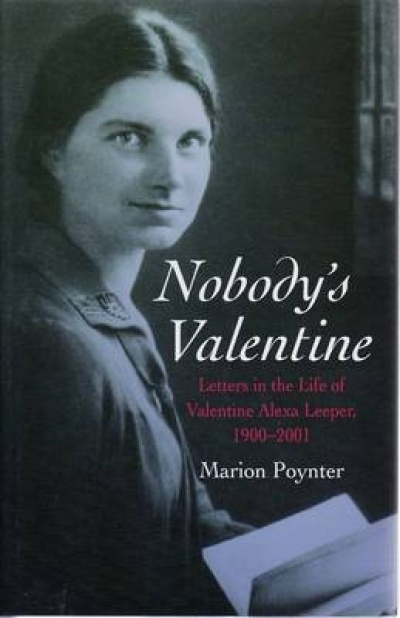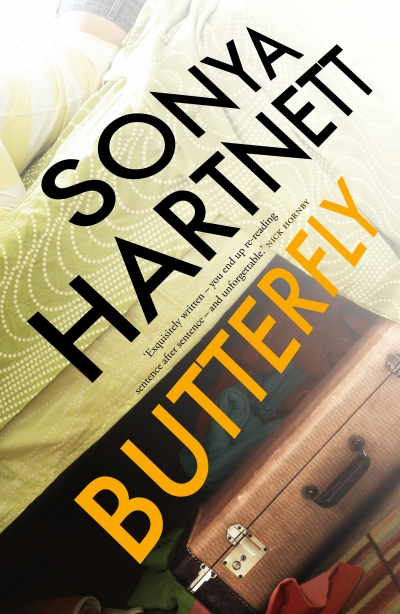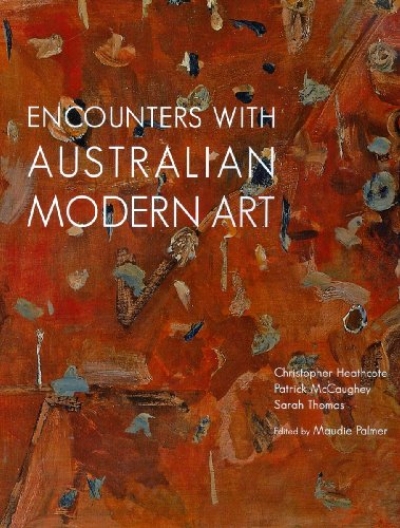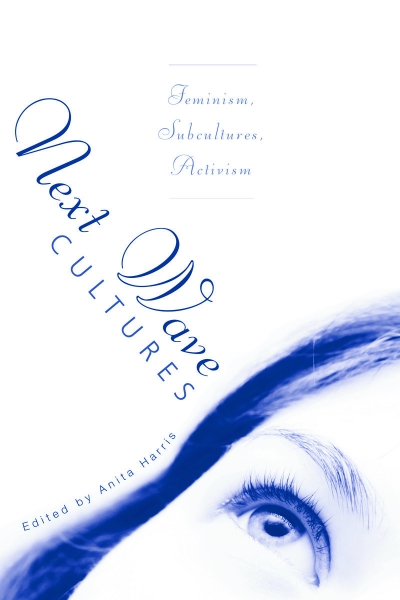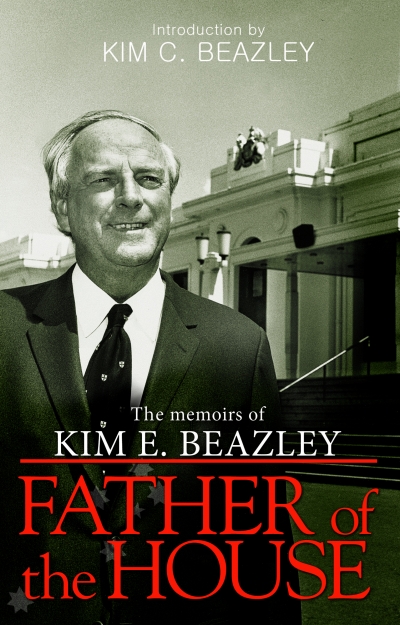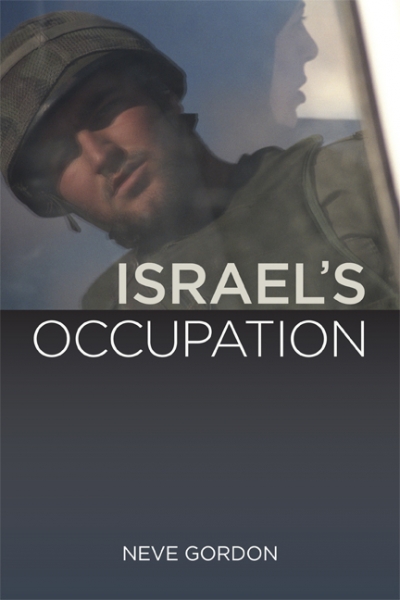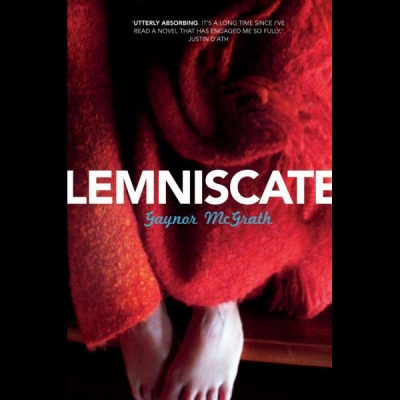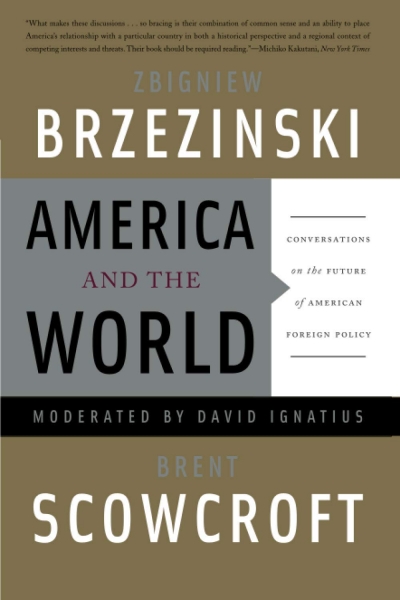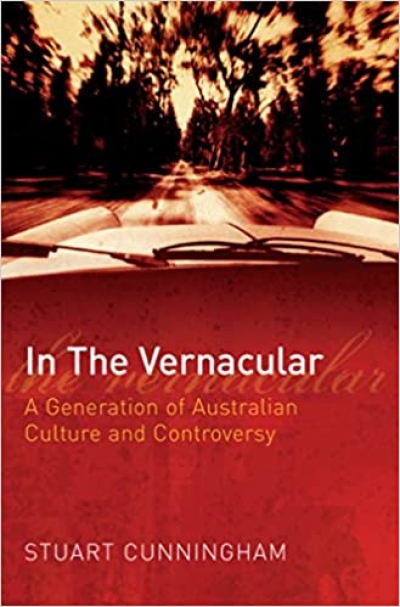Archive
Nobody’s Valentine: Letters in the life of Valentine Alexa Leeper 1900–2001 by Marion Poynter
by John Rickard •
Encounters with Australian Modern Art by Christopher Heathcote, Patrick McCaughey and Sarah Thomas
by Daniel Thomas •
Wave Cultures: Feminism, subcultures, activism edited by Anita Harris
by Kate Goldsworthy •
Father Of The House: The memoirs of Kim E. Beazley by Kim E. Beazley
by Geoff Gallop •
America and the World: Conversations on the future of American foreign policy by Zbigniew Brzezinski and Brent Scowcroft, moderated by David Ignatius
by Hugh White •
Je Suis Australienne: Remarkable women in France, 1880–1945 by Rosemary Lancaster
by Ros Pesman •
In the Vernacular: A generation of Australian culture and controversy by Stuart Cunningham
by Jake Wilson •

